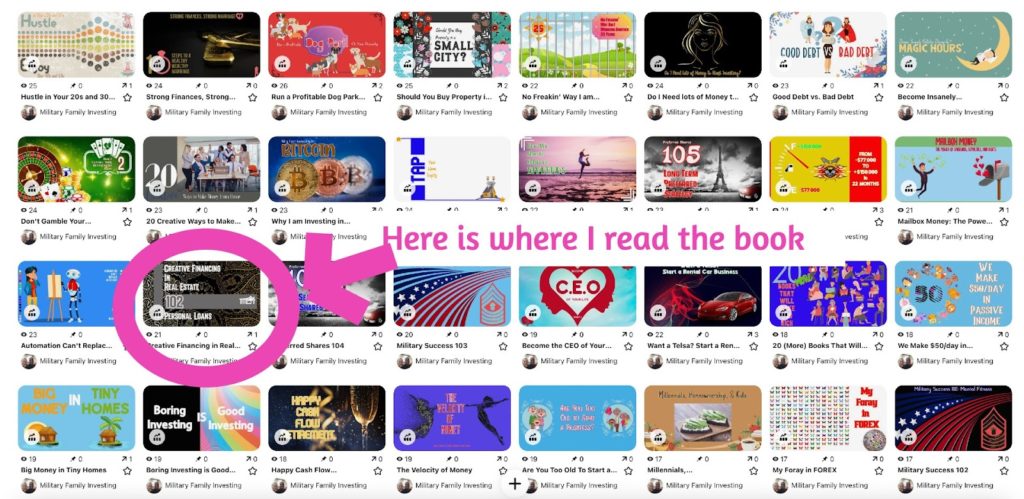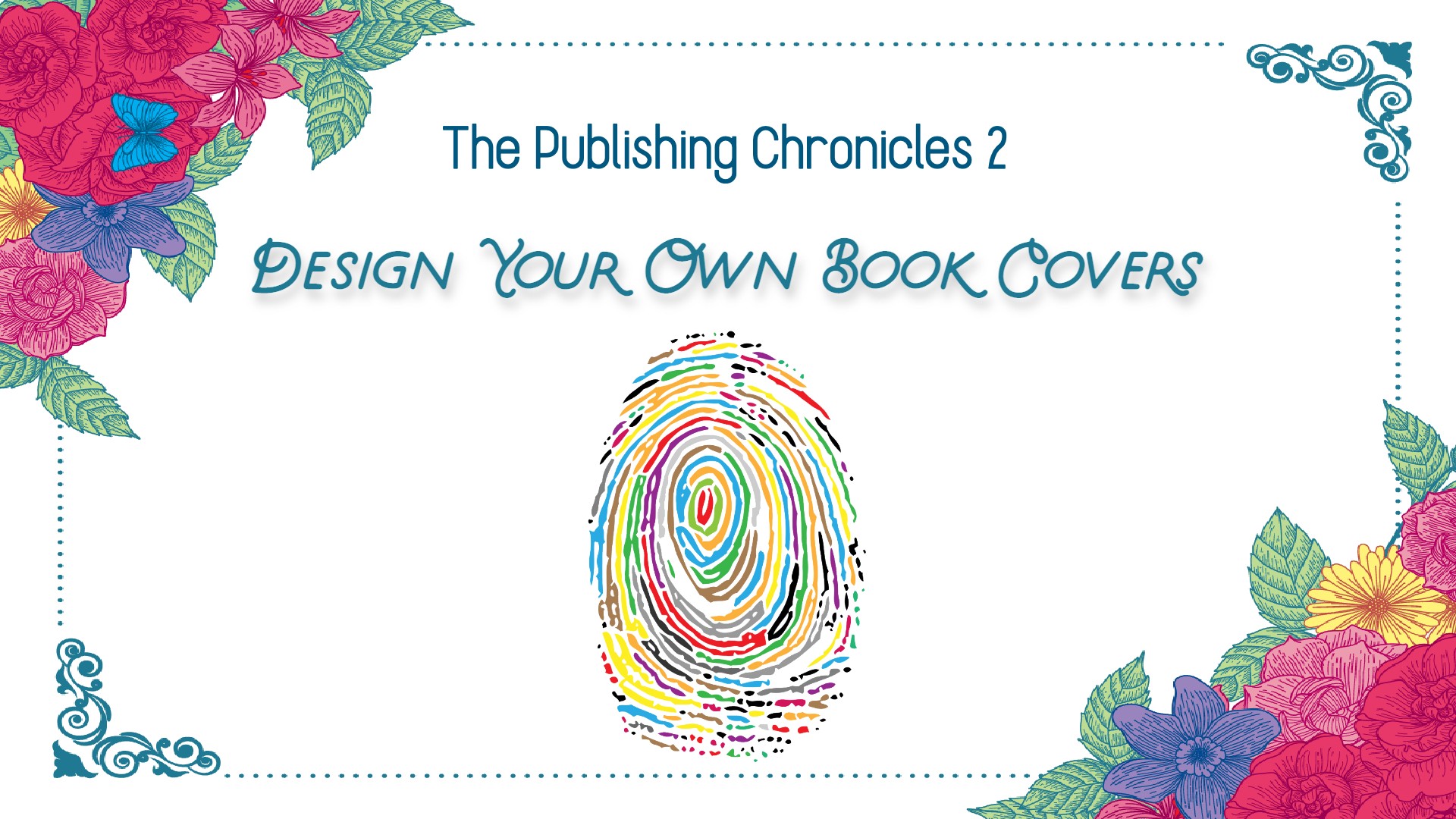I’ve heard repeatedly that you shouldn’t design your own book covers. Well, I say “bollocks” to that mantra. Let’s design our own covers and create the best publishing workflow possible.
Welcome back to the Publishing Chronicles (part 1), where I discuss how to build your own printing press. Cover design is a touchy topic amongst creatives, so let’s dive right into the fray.
Why design your own covers? Selling books is tough. According to one of my favorite books, “Guerrilla Publishing,” 95% of authors lose money publishing their books.
What is a Sales Funnel?
They lose money because of hiring editors, designers, and advertisers. Book covers can cost anywhere from $5 on Fiverr to $500+ with a design studio. To recoup $500, you need to sell at least 250 books.
To sell 250 books, you need to have a strong advertising campaign costing anywhere from $1,000 to $$5,000. Now, you need to recoup $2,000+ with your book.
You have zero costs by editing, designing, writing, and publishing your own books. Okay, the costs of a stock photo website like Pixlr (about $140/year).
Will people buy your books? Yes, people will buy your books; however, you’ll need to keep designing covers. Repetition is the best way to become good at book cover design.
Cash Flow 102: Creating Passive Income for Retirement
You also need to have your own design language. In the book “Book Cover Design Secrets,” Derek Murphy states that you want to follow the trends inside your books’ genre. I agree with this to a certain extent.
Yes, if you are in fiction, you’ll want your mystery, romance, and science fiction books to look similar to others. You want readers to understand your book from the cover design. However, you can add some personal flair to your covers.
Your personal touch may be the lettering, words, title names, borders, or hidden easter eggs on your cover. The important part is to have fun.
Because you can create as many covers for free as you’d like, there is no reason not to try. I have put some weird crap on my covers, and they sell. I also follow standard non-fiction design, and those books sell as well.
Investing for Dividends 102: Keeping Score
Getting started with design. We are all creative by nature. School does an excellent job of draining all of our creativity and ambition from our bodies. Thus, we must work hard to recapture these abilities. Trust me; they are still there.
1) Start with chapter or article designs. The first thing you want to do is start with designing artwork for your chapters and articles. Why should you do this? Because there will be a ton of articles and chapters to help you practice.
You are not going to become a great designer overnight. By designing artwork for each article or chapter, you put in the reps to become great. Remember, it takes 10,000 hours to become great at anything.
Become a Private Money Lender
I can already hear you saying, “But Josh, I am a writer, not a designer.” Okay, you want to get your work into as many people’s hands as possible, right?
How many books can you publish if you write one book every week, but it costs $1,000 to push the book out the door? You’ll go broke in 3-6 months. Again, there are over 5 million books on Amazon; yours won’t stand out instantly.
Because I am learning creativity and design, I can pump out as many books as possible. If I have a holiday weekend, I can create ten books if I want. I have zero risk. Not too many people on this Earth can write, edit, design, and publish a book that sells!
2) Read this book! After you have 30-50 articles or chapter design under your belt, it’s time to read the best book on design ever. Why not start by reading this book?
Maximum Leverage: Buy Homes for No Money Down
It’s better to have some designs under your belt before reading this book. That way, you can reevaluate all the designs you were proud of before.
It’s a very humbling experience to understand how crappy your work was initially. But, it’s part of “The Practice” of creativity.
The book to read is “The Non-Designer’s Design Book” by Robin Williams. As I wrote in “Read These 10 Books BEFORE Starting a Business,” every entrepreneur should read this book. How can you hire a designer or advertiser if you don’t know anything about those topics?

I had roughly 170 articles designed before reading this fantastic book. You can instantly see differences in my artwork after reading. You can see above how my artwork seems more “dense” after reading the book.
3) Follow the principles of design. The four principles of design that the book lays out are Contrast, Repetition, Alignment, and Proximity (or C.R.A.P.).
Mentorship is Dead
These principles will be your most valuable asset as your progress as a designer. You can break these rules from time to time, but you have to know “why” you are breaking them.
I wrote a series to demonstrate how my article conforms to the standards outlined in the book. Since this series, I have designed another 300+ book covers and 400+ article covers.
- Basics of Design 101: Don’t Leave Home Without It
- Basics of Design 102: Contrast
- Basics of Design 103: Repetition
- Basics of Design 104: Alignment
- Basics of Design 105: Proximity
- Basics of Design 106: Typefaces & Colors
4) Keep designing every day. I know you want to become a great book designer overnight, but life doesn’t work this way. There are so many elements to design that you need to learn.
There are three “elements of design” that I see in myself. I am making these up as I write; I didn’t read them anywhere. They are “thought flashes,” inspiration, and talent. Using these three design elements will allow you to design quickly and cleanly.
- Thought Flashes. As I write an article title, sometimes I get a thought flash of how the cover should look. It might be the colors, artwork, or design language. I can see it vividly. This comes from designing a cover every day for over a year.
- Inspiration. Sometimes as I browse through stock photos, I can envision a cover from people’s works. I then create an article and book to fit that inspiring picture.
- Talent. Other times, my article or book gives me no inspiration or flash. This is usually when I write about things like stocks or savings accounts. I just have to “brute force” a cover using my raw talents (which are improving).

Conclusion. I can talk much more about design, but I’ll leave that for another day. I leave you with a few takeaways.
Remote Workers: Beware of the Pay Trap
First, if you want to touch as many readers as possible or become a prolific writer, you’ll need to reduce the cost of publishing your book.
Second, start designing chapters, articles, and covers. Then read the book “The Non-Designer’s Design Book” to learn the design principles.
Lastly, create something new every day. In the book, Robin Williams tells us that you will start to see the principles of design everywhere. It’s true. I now evaluate everything from business cards to beer cans. These things also inspire me to design even more.
If you can get to the point where you can release books for free, you’ll be able to create an infinite return from your work. This means that you can print money from your mind.
I can wake up and create, write, design, publish a book and have a sale by the evening. I produced $2 from thin air. Then, my book sits in the world forever, making me more money along the way.
It is truly a great way to live your life. However, it takes a lot of work to adopt these skill sets, so only a few can harness this power. Good Luck with your designs!
- PDF of the Month: Make $500/Month in Dividends (pdf)
- Free PDF Downloads: Download FREE PDF LIST here
- Financial Mindset: Become CEO of Yourself 2 (Free 196-Page PDF)
- Retirement Planning: Your Retirement Planning Guide 2 (Free 255-Page PDF)
- Investing: How We Plan to Retire on Dividends 2 (165-Page Free PDF)
- Cryptocurrencies: Counting on Crypto 2 (Free 159-Page PDF)
- Real Estate: Financial Independence through Real Estate 2 (Free 123-Page PDF)
- Business: Retire Rich, Retire Comfortable with a Business 2 (Free 185-Page PDF)
- Latest DGWR: Don’t Gamble with Retirement 6 (Free 409-Page PDF)
- Everything!: The Biggest Book on Passive Income Ever 2! (book)(Web Edition)(Art Edition)
- I bought a Kindle Oasis: Check it out on Amazon
- Read My Books for Free: Free Kindle Books Schedule
- Crypto Exchange: My Favorite Crypto Exchange VOYAGER (Join Voyager)
- Kindle Unlimited: Why I Finally Subscribed Kindle Unlimited (learn more)
- Book Reviews: 505 Takeaways from 101 Books (pdf)
- Writing: Can Grammarly Make You a Better Writer?
- Best REIT- Fundrise: REITs vs. Homeownership (Join Fundrise)
- Follow us: On our Facebook Page and Join our Facebook Group
- Monthly Dividend Tracker (XLSX): Check it out on Etsy
- For more detailed analysis, join my Youtube: MFI YouTube Channel
Monthly Dividend Tracker Template: Buy on Etsy
Disclosure: I am not a financial advisor or money manager, and any knowledge is given as guidance and not direct actionable investment advice. I am an Amazon Affiliate. Please research any investment vehicles that are being considered. I wrote this article myself, and it expresses my own opinions. I am not receiving compensation for it. I have no business relationship with any company whose stock is mentioned in this article. All Right Reserved Military Family Investing

Leave a Reply